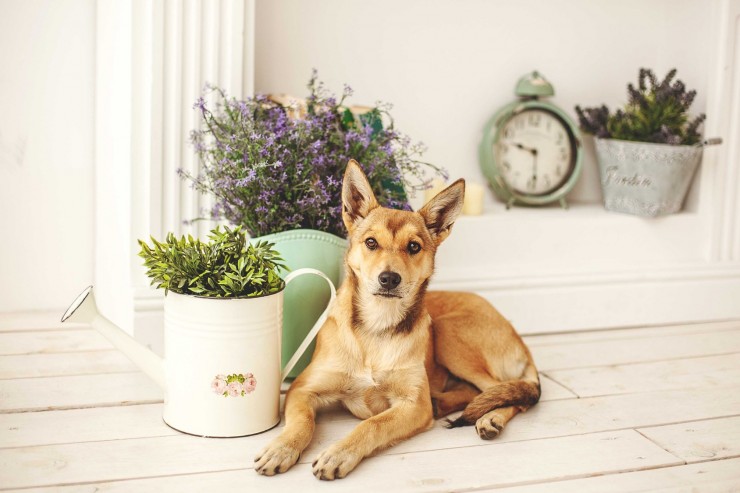
Protective gear is essential for all beekeepers. It is a known fact that bees sting. While bees do not sting unless they feel threatened, they still sting and you cannot possibly know when they will feel threatened.
Different Types of Protective Gear
Even if you have been around the bees for a long period of time, never attempt to confront a bee hive without the following:
-Beekeeping suit
-Hat
-Veil
-Long gloves
Each piece of protective gear is essential, and all are crucial to wear each time. The hat and veil will protect your face. A bee sting to the face can be painful and cause serious harm, especially to the eyes, ears, nose, mouth, and neck. Imagine if a bee went up your nose! Bees tend to be attracted to your breath; therefore, bee stings are common around this area.
Gloves are not as critical, as you can scrape off the bee venom. Gloves tend to be awkward when you are trying to maneuver the parts of the hive. However, stings do not feel good, so if you can find a pair of long gloves that will allow you to work easily, then wear them.
The beekeeping suit will provide full body protection. It is like a jumpsuit, except it will protect you from the stings of a bee.
The Beekeeping Suit
The beekeeping suit is made up of light and smooth material. Generally, the suit is white or light colored to prevent the bees from feeling threatened. Why light colors? Bees associate colors that are dark with predators. They should be made of a smooth material to prevent the bee from thinking you are the fur of a predator. They are less likely to attack a white and smooth suit than a black and furry suit.
Taking Care of your Beekeeping Suit
It is essential that you clean your beekeeping suit after each time you visit the hive. Bees can smell the beekeeping suit. They recognize that the suit has been stung and will automatically put up a guard to defend themselves. To reduce the event of an automatic attack, remove stingers and venom sacks with a cloth. For more protection, dip your hands in vinegar.
Tips on Choosing Protective Gear
There are a few things to take into consideration when selecting protective gear for beekeepers. The first thing you should consider is the material and color of the suit. As mentioned above, it should be made from a smooth material that is light or neutral in color. Other factors to consider:
- It is important that you choose a suit that fits you just right, but is also comfortable. Pay particular attention to the arm and leg holes. Some suits have elastic at the cuffs and wrists. Others will have Velcro so that you can adjust to your specific size.
- Make sure the hat and veil you choose have good ventilation. Veils and hoods generally come in one-size-fits all.
- Check for quality. Make sure the suit has sturdy stitching, nylon zippers that are rustproof, and boning for maintaining shape.
- Pay the little extra for the better protection.
Making your Own Beekeeping Suit
It is possible to make your own suit; however, it is important that you address all areas of your body. A white or light colored pair of coveralls will do the trick. However, you must make adjustments to the coveralls to turn them into a beekeeping suit.
The coveralls should be just a little bit big on you. This will allow for more room between you and the cloth, which ultimately will be covered with bee stings and venom. The suit should reach to the middle of your hand and over the heel of your foot.
For adjustments, you will sew elastic at the ankles and wrists. It is important that they are tight, but not too tight where they will cut off your circulation. Velcro should be sewn all around the neck of your coverall. You can also make your veil out of mosquito netting. Wear tight fitting boots and gloves.
Do not attempt to make your own beekeeping suit if you are not confident that you can make one that will keep all the bees out. There are many places where you can buy a high quality beekeeping suit.
For beekeeping suit information and to receive 10 free lessons, visit Beekeeping Starter Guide
 5 Things That Cats Really Don’t Like
5 Things That Cat
5 Things That Cats Really Don’t Like
5 Things That Cat
 How To Stop Your Cat From Scratching Indoors
How To Stop Your
How To Stop Your Cat From Scratching Indoors
How To Stop Your
 Ten Common Dog Food Ingredients Explained
Ten Common Dog Fo
Ten Common Dog Food Ingredients Explained
Ten Common Dog Fo
 How To Keep A Bearded Collies Coat Looking Good
How To Keep A Bea
How To Keep A Bearded Collies Coat Looking Good
How To Keep A Bea
 Eight Common Household Herbs And Spices That Are Safe For Dogs
Eight Common Hous
Eight Common Household Herbs And Spices That Are Safe For Dogs
Eight Common Hous
Copyright © 2005-2016 Pet Information All Rights Reserved
Contact us: www162date@outlook.com